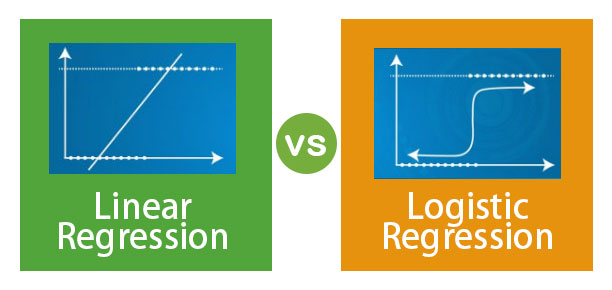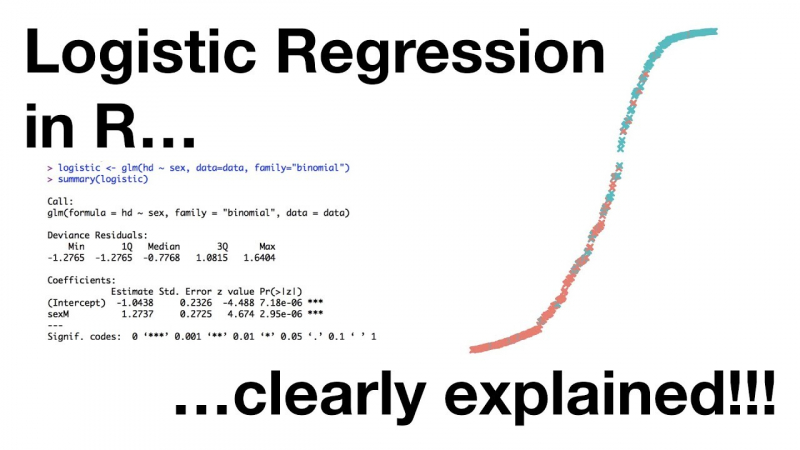Logo Design with Sagi Haviv
Why did you choose logistic regression for public health over just logistic regression? Every data set has its own set of issues, and public health data sets have unique characteristics that require specific attention. In a nutshell, they're a shambles. This is a hands-on course, like the others in the series, that will give you plenty of practice with R on real-life, messy data, with the worked example for this course being predicting who has diabetes based on a set of patient characteristics. Furthermore, the interpretation of the regression model's outputs varies depending on the viewpoint, and public health must consider not just the viewpoint of an individual patient but also the viewpoint of the entire population. However, because much of what is presented in this course applies to logistic regression in any data set, you will be able to apply the ideas of this course to logistic regression in a broader sense.
You will be able to do the following by the end of this course: When is it appropriate to apply logistic regression?; Define the terms "odds" and "odds ratios."; Interpret the results of simple and multiple logistic regression analyses with R; In R, evaluate the multiple logistic regression model assumptions; Describe and contrast a few popular approaches to selecting a multiple regression model.
This course builds on skills learned in the previous two courses of the Statistics for Public Health specialty, such as hypothesis testing, p values, and how to use R. Before commencing this course, they recommend that you examine Statistical Thinking for Public Health and Linear Regression for Public Health if you are unfamiliar with these abilities. If you already know how to do these things, they were confident you'll appreciate learning more about them in Statistics for Public Health: Logistic Regression for Public Health. They hope you have a good time on the courses
LEARN STEP BY STEP:
- Describe a data set from scratch using descriptive statistics and simple graphical methods as a first step for advanced analysis using R software
- Interpret the output from your analysis and appraise the role of chance and bias as potential explanations
- Run multiple logistic regression analysis in R and interpret the output
- Evaluate the model assumptions for multiple logistic regression in R
Rating: 4.8/5
Enroll here: coursera.org/learn/logistic-regression-r-public-health












